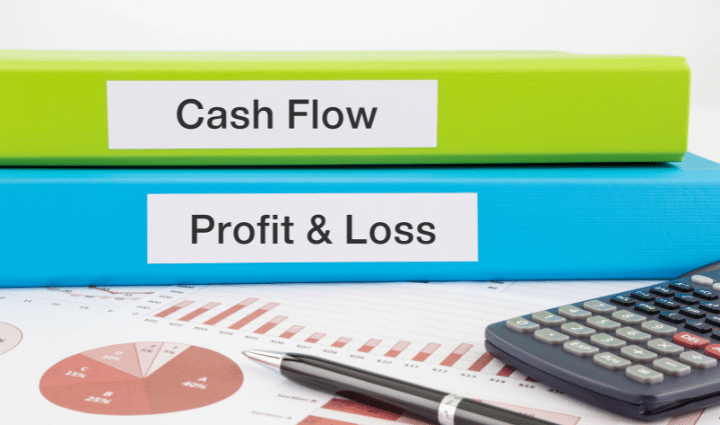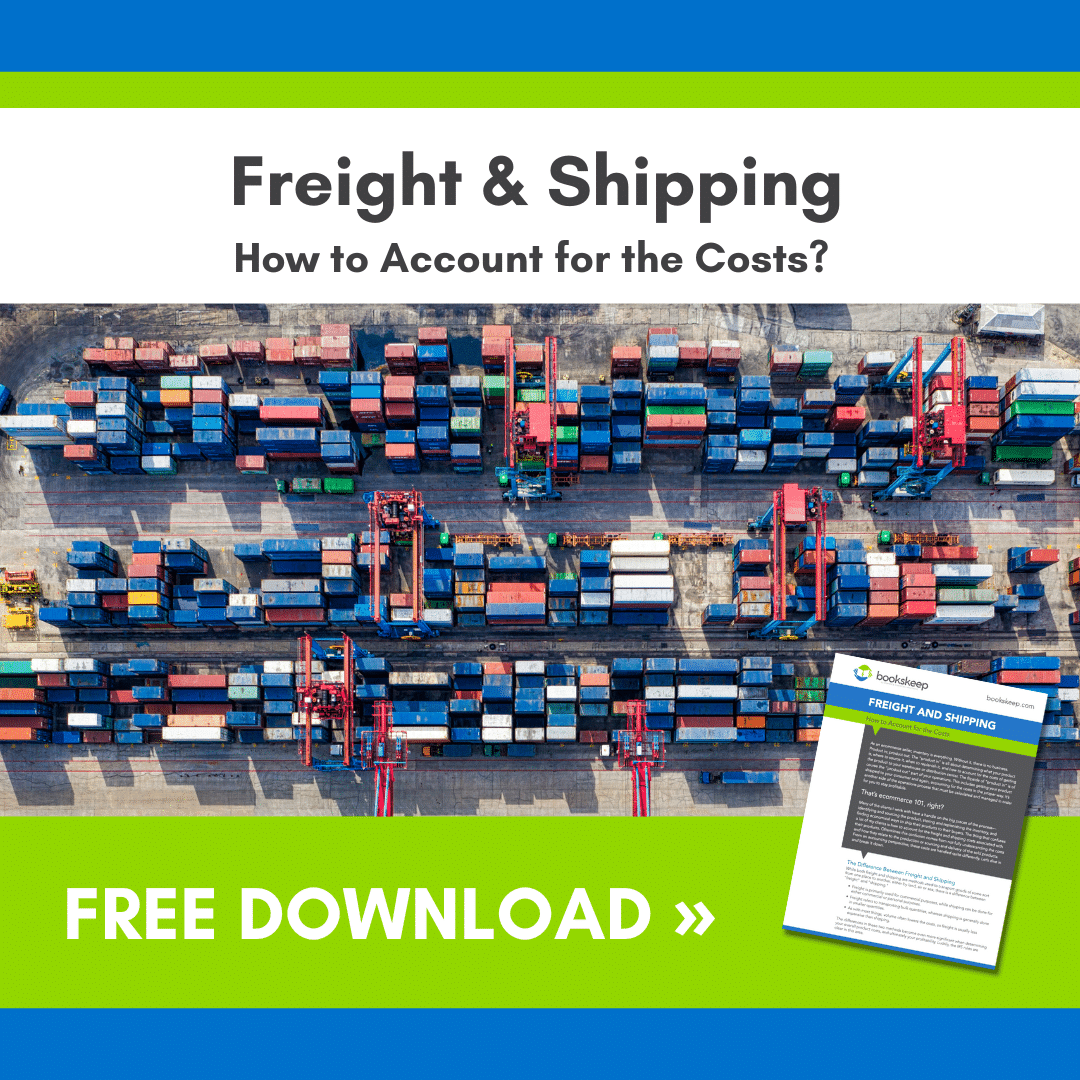
“My Profit & Loss report indicates profit, but where’s my money? This common question from new clients stems from a misconception held by many. While profits might seem like cash in the bank, it’s not entirely accurate. Let’s delve into this issue and explore why this misconception exists.
Your Profit and Loss Statement (P&L) reveals your Net Income (or Net Profit) – the money left after deducting expenses from sales. This figure is often mistaken for available cash.
However, to get a clear view of your cash, you must also analyze your Balance Sheet, which summarizes your business’s financial position over time, not just the current year. To do this, pull the Balance Sheet from the last business date of the prior year and compare it with the current year-to-date report. Check if your bank balances have increased or decreased. But merely having more cash doesn’t necessarily mean pure profit.
Liabilities (e.g., loans, credit card debt) must be considered too. Compare your liabilities between the two Balance Sheets. If they have decreased, it means some of your bottom-line money went into paying off debt. On the other hand, if both cash and liabilities increased, you might be funding expenses using credit cards or loans.
If your cash decreased while your debt increased, your business might be struggling, indicated by a negative bottom line on your P&L.
Additionally, examine the Equity section of your Balance Sheet, specifically the Owner or Partner Contribution and Distributions accounts. If your cash decreased despite a positive P&L, it might be because you paid yourself (Owner Distribution) or made other contributions.
A Profit First Assessment can reveal how cash flows in your business. Often, people use cash for personal payouts while resorting to credit cards or loans for operating expenses. This practice is unsustainable and requires improvement for long-term viability.
In summary, your Profit & Loss report doesn’t directly show the cash in your bank. To understand where your money is going, analyze both your Balance Sheet and Profit & Loss Statement, while being mindful of your liabilities and equity accounts. This financial insight is essential for fostering strong financial health in your business.”
Example
The P&L shows the net income for the current year-to-date is $15,520.
The Balance Sheet shows the end of the prior year for the client, and data for the current year-to-date. In the calculations below, the first figures are the current year-to-date, and the second figures are the end-of-prior-year.
Quick Calculations
Bank Accounts: $18,753 – $30,826 = $-12,073; the bank account decreased
Liability Accounts: $8,420 – $4,341 = $4,079
Owner Contributions: $43,767 – $30,467 = $13,300
Owner Distributions: $105,234 – $56,493 = $48,441
Net of Owner Contributions and Distributions: $48,441 – $13,300 = $35,141 cash reduction to the business
Analysis
Based on the P&L Statement, the current year-to-date profit is $15,520, indicating cash generation. However, examining the Balance Sheet reveals a decrease in cash in bank accounts and an increase in liabilities, suggesting the business may not be profitable. The Equity section shows the owner withdrew $35,141 from the business this year, exceeding the cash generated. As a result, debt has risen to fill the gap, making this unsustainable in the long run. To address this, implementing the Profit First method allocates funds regularly to different business accounts, preventing surprises or deficits when it’s time to cover expenses, employees, or the owner.




Leave a Comment